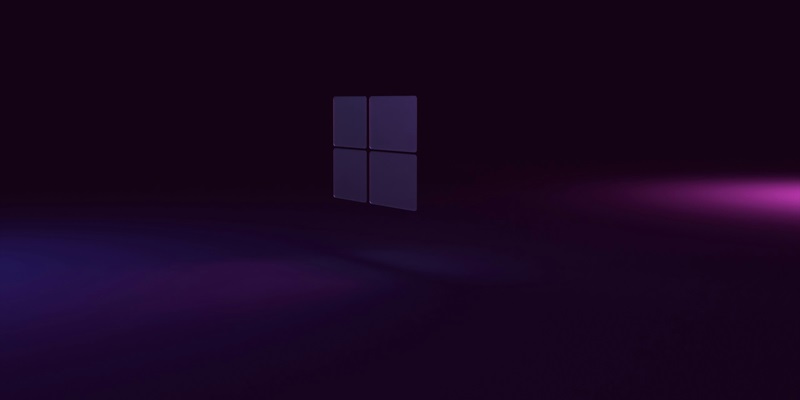Over time, Microsoft has skillfully manoeuvered the challenge of alerting customers to when their Windows operating systems will reach End of Life (EOL). Each Windows iteration has encountered a distinct approach as Microsoft attempts to strike a delicate balance. On one hand, there’s the user experience, which necessitates a gentle transition away from outdated technology. On the other, there’s the imperative of advancing users to newer, more secure, and feature-rich versions of the OS. This progression is crucial for maintaining a safe computing environment and enhancing overall functionality within the Windows ecosystem. Microsoft’s strategy around EOL announcements often involves a phased approach, from initial notifications to final reminders, along with offering resources and support to facilitate migration to a current version of Windows. This method seeks to minimize disruption for users while ensuring that the shift towards newer technologies happens in a controlled and mindful manner.
Early Polite Prompts
When Windows XP approached its EOL, Microsoft employed a simple strategy: a dismissible pop-up message. This notification was designed to be informative and non-intrusive, signaling the end of support and the need to update to a more recent version of Windows. This early form of communication focused on user choice, providing information without aggressive push tactics. It was a gentle nudge rather than a shove, respecting users’ decisions while underscoring the importance of keeping their systems updated for security and performance reasons.
In the case of Windows Vista, Microsoft chose not to employ a similar strategy at all. The absence of EOL notifications could be attributed to various factors, including perhaps the less widespread adoption of Vista compared to other versions. Nonetheless, this left users without a clear and direct message from Microsoft about the necessity to upgrade, potentially exposing them to vulnerabilities as the software went unsupported.
Aggressive Strategies and Backlash
As Windows 7 neared its January 2020 end-of-life (EOL), Microsoft ramped up its notifications, introducing persistent reminders to switch to Windows 10. These alerts intensified over time, but the most assertive move was the deployment of the Get Windows 10 (GWX) app, which not only urged upgrades but at times even downloaded Windows 10 files or changed the user interface to push users towards migration.
The tactics GWX employed, including reconfiguring the close button behavior in prompts and embedding ads in Internet Explorer security updates, resulted in significant user frustration. These methods, viewed by many as intrusive and misleading, differed greatly from Microsoft’s initial, more courteous approach. The backlash from this overly aggressive strategy led to a valuable lesson for Microsoft about maintaining a balance between promoting software updates and honoring user choices.
A More Respectful Approach
Microsoft has adapted its end-of-life (EOL) notification methods for its Windows operating system over the years. After the aggressive GWX update campaign, the company softened its approach. Windows 8.1 users received more thoughtful and apologetic alerts, addressing customers’ previous frustration with forced updates. For Windows 10’s impending EOL, Microsoft crafted a full-screen message that described the upgrade as the start of a “new journey with Windows,” employing a tone that was informative yet inviting.
This evolution showcases Microsoft’s learning curve, as they have swung from overbearing prompts to more considerate communication. Their notifications now aim to respect user autonomy while keeping them well-informed. Observing how Microsoft will fine-tune this strategy as technology progresses will be insightful, particularly in striking a balance that aligns with user preferences and the industry’s best practices.

